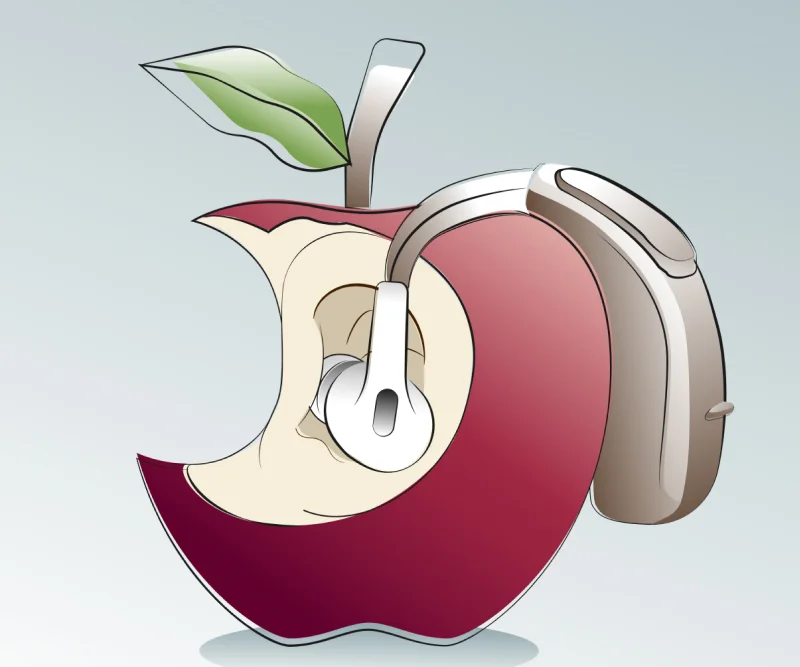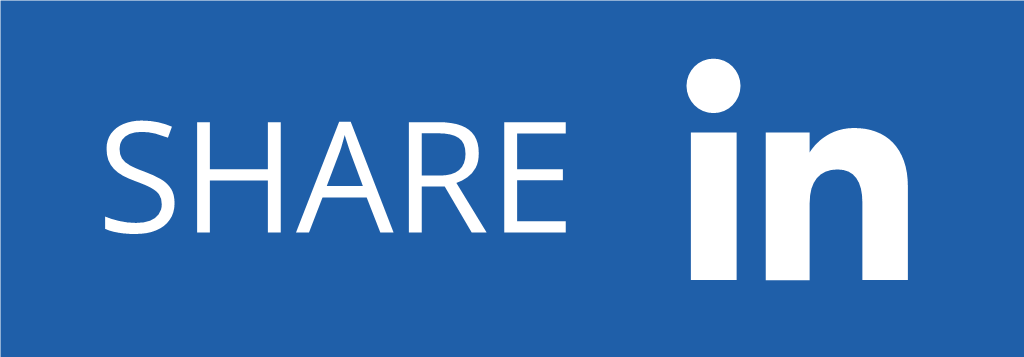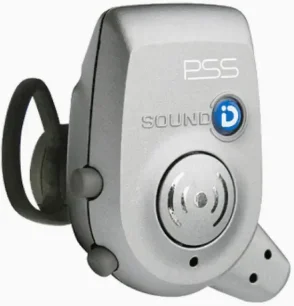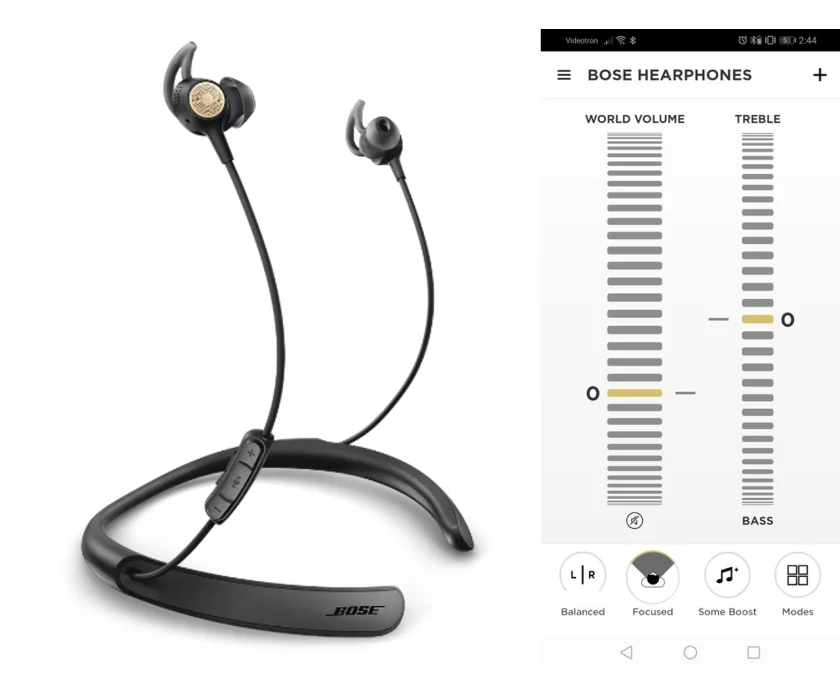Posted by Alexander Goldin
| |  |
| On October 16 and 17, 2024, I attended the EUHA e.V. exhibition in Hanover, Europe's leading event for the hearing aid acoustics and audiology industry. I had 19 meetings in 2 days and in half of them I was asked for my opinion on Apple's upcoming firmware update for the AirPods Pro 2. The update will officially turn the AirPods into over-the-counter, self-fitting hearing aids. Is this a big step towards helping tens or even hundreds of millions of hard of hearing people worldwide and reducing the $750 billion burden of untreated hearing loss on society? Or is it just another feature of the AirPods that Apple introduced for a short-term marketing buzz that will soon become an obscure function that few know about?
I am the founder and CEO of Alango Technologies, a 22-year-old Israeli provider of speech and audio enhancement DSP software for leading brands in the consumer audio, automotive and conferencing markets. I have been following the global situation in solutions for the hearing impaired since 1998. Twelve years ago, I thought we would soon have one. Alango began developing digital sound processing technologies for hearing enhancement and foresaw a near-term interest in integrating hearing aid functionality into Bluetooth® headsets (there were no TWS earbuds at the time). Our vision was shared by our silicon partner Cambridge Silicon Radio (CSR, now part of Qualcomm), the leading supplier of Bluetooth SoCs and the only one with a digital signal processor integrated into their chip at the time. We developed it and in 2014 it was included in the CSR partners' solution catalog as a solution for “hearing enhancement and assistive listening”. We called our solution HearPhones™. We were wrong, the time for HearPhones was not yet ripe. The introduction of True Wireless Stereo (TWS) earbuds in 2014, followed by the Apple AirPods, kept the entire industry busy with the task of making as many TWS earbuds as possible with good sound but no additional features. At the timeno major audio brand was interested in licensing the Alango HearPhones solution. Until recently. Two days after Apple’s announcement, we received requests from our existing or potential customers who wanted to support similar features in TWS products. Some of them want it as soon as possible, actually even sooner. It took 10 years, but now I am hopeful again. Let us look back in history. That will help us understand whether and why things can be different this time.
|
| SoundID The idea of integrating a hearing amplification into a consumer audio headset is almost 20 years old. I believe it was first introduced by Rodny Perkins, a physician and entrepreneur, SoundID has failed commercially. | ||||
 | SoundHawk Rodny Perkins has not given up. He founded another company that launched a new product called SoundHawk in 2014, which was more compact and elegant. The earphones featured beamforming technology with two microphones. SoundHawk was also equipped with a remote microphone, another innovation that could help people with hearing loss communicate in a difficult, noisy environment. | |||
| Bose Hearphones The fact that the time was not yet ripe is confirmed by the story of Bose Corporation with the product called Hearphones, which Bose introduced in December 2016. The Bose Hearphones were controlled by a smartphone app, worked pretty well as hearing aids, had active noise cancellation when you didn’t want to hear anything, and were reasonably comfortable for situational hearing. The product was discontinued because demand was much lower than Bose expected. Bose made another attempt to develop over-the-counter hearing aids based on the same technology and self-fitting process, but eventually gave up the business and licenced its solution to Lexie. The Bose Hearphones product and the Alango HearPhones™ software solution had nothing in common except the general idea and the name itself. You can read more in my LinkedIn article “The Game of HearPhones". |
| Alango BeHear After realizing in 2014 that no major audio ODM would license our HearPhones software solution to add hearing aid features to their products, I said to myself, "If you want something done right, you have to do it yourself". In early 2017, Alango introduced BeHear NOW, its own Bluetooth stereo headset that also functions as a powerful hearing aid. You can watch the fun introductory video for BeHear NOW here. | ||||
| The successor model BeHear ACCESS with a similar form factor but with a telecoil option and a charging cradle was introduced two years later. Some new advanced features were added to the software, such as Alango EasyListen™ technology to slow down fast talkers while on the phone and self-tuned tinnitus masking (https://audioxpress.com/news/behear-access). We've even added a low-latency Bluetooth transmitter to our portfolio so that BeHear ACCESS can be easily connected to a TV or other audio source.
BeHear ACCESS soon received CES and Hearing Technology awards, good reviews from hearing care professionals and good customer testimonials. But BeHear ACCESS did not make us rich. The problem was that the product was self-funded by Alango and we didn’t have enough money to promote it the way we needed to. Also, Covid-19 wiped out all our work and agreements with potential distribution partners in the US, Europe and worldwide. But we gained a lot of experience that we could not have as a pure software company.
Why this time it can be different Because Apple did not introduce the self-fitting feature for over-the-counter hearing aids in the AirPods to significantly increase AirPods sales. Apple has a vision, an accessibility strategy and resources to stay ahead of the competition. The hardware has been there for a long time. Now it's time to upgrade your AirPods and you can get your first hearing aids. It's the FDA concept of Software as a Medical Device (SaMD). If you don’t have AirPods yet, they will only cost you $249. Not really a lot of money for good hearing aids. However, there is a small caveat. If you are an #Android user, you will have to pay “slightly" more for a new iPhone as well. I am pretty sure Apple's competition, as in many other cases, will try to offer a similar free, self-fitted OTC hearing aid feature. Once this happens, this feature will become standard. And if it becomes the standard feature, there is a good chance that hearing aids for mild and moderate hearing loss will become obsolete. Unless hearing aid manufacturers introduce something truly innovative, which they have not done since the introduction of the first successful and fully digital hearing aids at the start of the new millennium.
The Apple AirPods with enabled hearing aid function will not change the situation of hearing health worldwide. Apple will influence hearing health by forcing other manufacturers to follow suit. The corresponding marketing campaigns will increase public awareness of alternatives to hearing aids. Competition will eventually lead to devices that work for 20 hours on a single charge, are comfortable to wear all day long, excel at reducing unwanted interference and may one day know what I want to hear and what I don’t want to hear.
|





